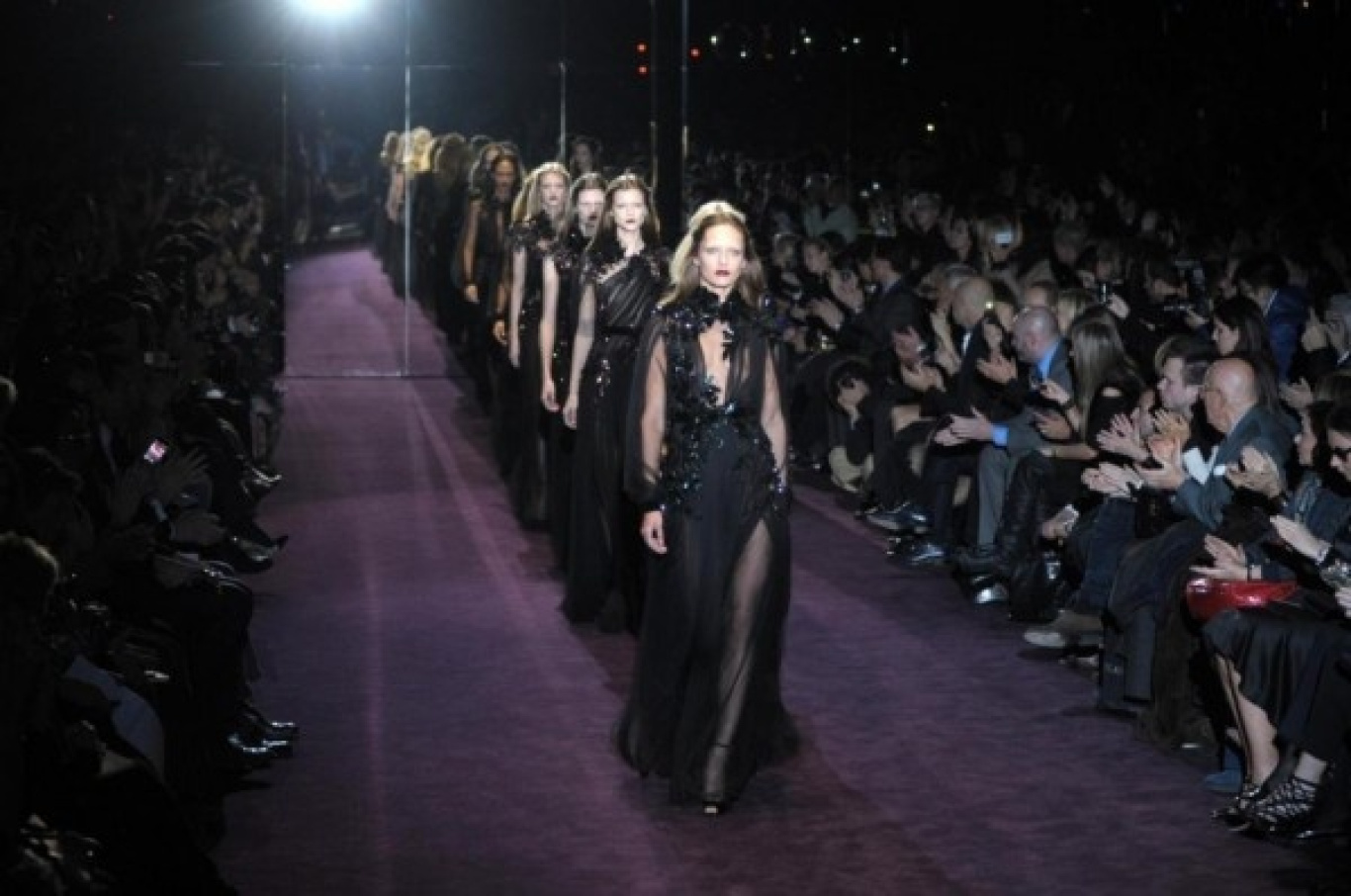THE HISTORY OF ITALIAN FASHION: GUCCI

The first 90 years needed to be celebrated with a gift up to what Gucci represents today in the world, so in the beautiful Piazza della Signoria they have opened a museum whose permanent exhibition bears witness to the long history of the brand's which has made the bond with the past, one of its values.
It all started in Florence in 1921, when Guccio Gucci, returning from London where he had worked at the elegant Hotel Savoy, decided to open a firm specialized in leather products in which to melt the refined taste of English aristocrats, whom he had met, with the craftsmanship of Tuscan artisans. He opened a small shop in the city center and it soon became a regular stop for the many tourists which in the '30s populated Florence, but also for the Tuscan nobility, who devoted to riding, began asking for horse riding accessories, this is how was born one of the oldest and most successful symbols of Gucci: the clamp.
In the difficult years of Fascist dictatorship, Guccio Gucci was forced to make a virtue out of necessity and because the autarkic laws before and after World War II did not allow the import of materials, he began to experiment with atypical (hemp, flax, jute) for the luxury market, this will become a feature that will make the fortune of the brand starting with the Bamboo Bag which was born because the craftsmen began to brown the canes to create the handle.
On the death of Guccio in 1953 the company was inherited by his four sons: Aldo, Vasco, Ugo and Rodolfo in those years appeared for the first time the tape with the green / red / green plot taken directly from the traditional saddle girth and today is still the flag of Gucci, but it was in the '60s that the two crossed Gs was born. Hollywood stars made the fortune of the brand which opened stores in London, Paris, Palm Beach and Beverly Hills, while the, unstructured, Hobo bag, was worn both by Liz Taylor and Peter Sellers and fist lady Jackie Kennedy engraved her name on a shoulder model bag, known as Jackie O.
In the ’70s there was the total expansion of the brand: the first pret-a-porter where the double G is printed on the shirts or engraved on the buttons, the expansion in the East driven by the right intuitions of Aldo which led to the opening of Tokyo and Hong Kong, increasingly sophisticated processes and always more luxurious materials following the philosophy of Aldo Gucci according to which the price, although high, was quickly forgotten unlike the quality destined to last and be long appreciated.
In 1982, Gucci was transformed into a limited company run by Maurizio, son of Rodolfo, who owned 50% of the shares, but in 1987 it began the acquisition by Investcorp, an investment company who in the ‘90s had total control of the company. After a couple of difficult years as a result of these corporate events Gucci came to dominate the world with the arrival, in 1994, of Tom Ford as creative director.
The Texan designer immediately imposed a new image also thanks to some marketing campaigns which made history; high heels, silk jersey dresses, visible inserts on deep necklines or nudity became the codes of the Gucci woman which was accompanied by an homologous masculine image vain and luxurious. The CEO Domenico De Sole listed Gucci on the stock market and in 1998 it was named the European Company of the Year by the federation of European Economic Press.
The following year Gucci made an alliance with the PPR group which controls it and is in turn a multibrand group. Despite rather international internal reality, Gucci has never lost its deep identity with the Made in Italy of which it is today one of the proudest representatives in the world which has appreciated its ability to renew itself while remaining true to its history.
This was also the path chosen by Frida Giannini who since 2006 is the only creative director of Gucci: with the references to the world of glam rock and to contemporary art she has done a careful research on materials, processes and shapes so to bring into the new millennium icons such as the Flora print, the leather Guccissima and new versions of the Jackie O and the Bamboo Bag. Frida Giannini and Gucci have once again imposed themselves in the forefront of a constantly changing system, as evidenced by the eco-friendly initiatives to reduce the impact of the company on the environment, the new digital communication strategies and the new adventure of the children's collection.